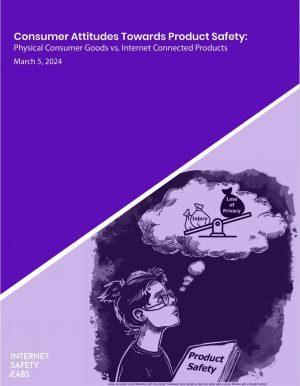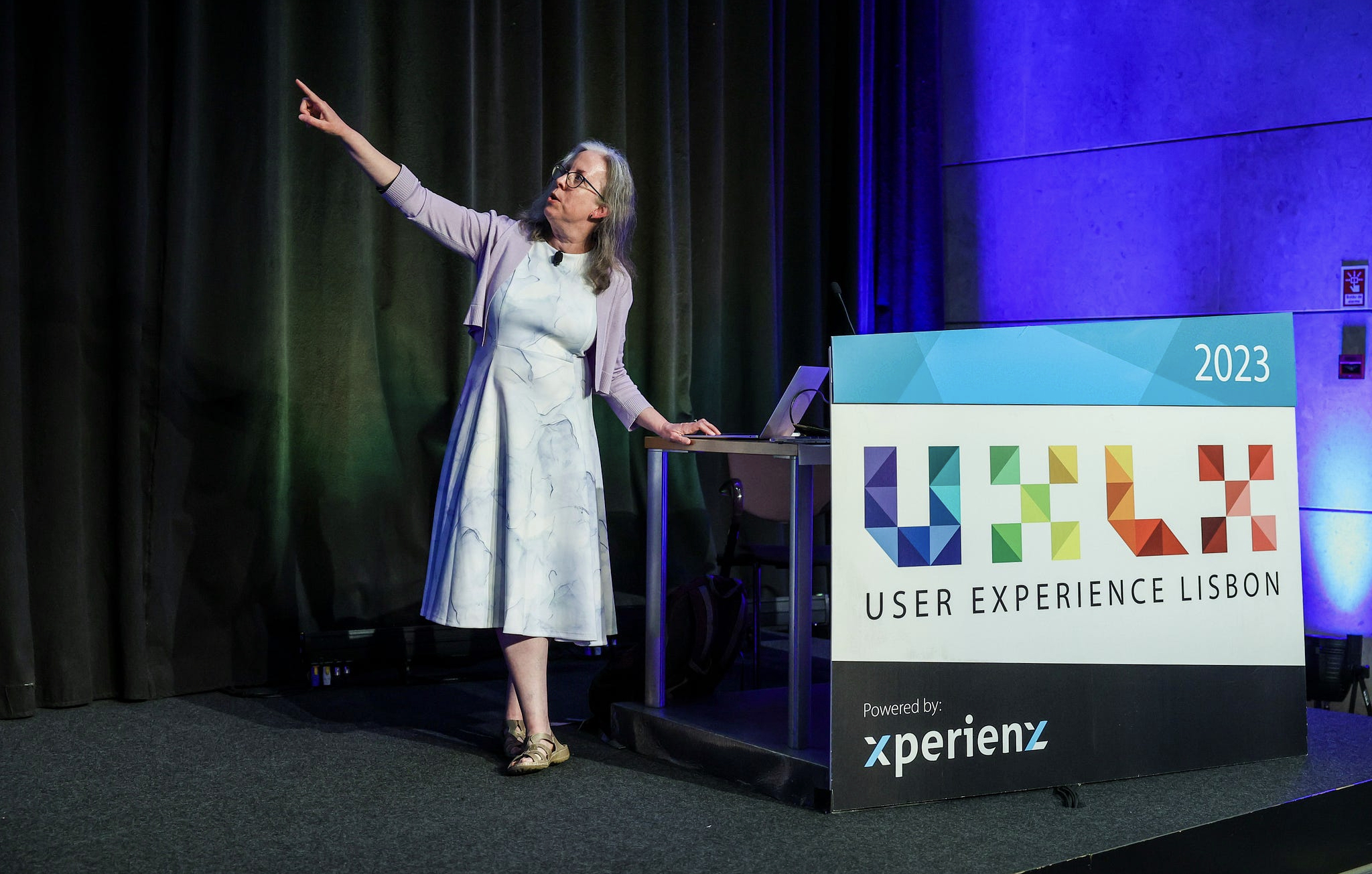Consumer Attitudes Towards Product Safety
Just published: “Consumer Attitudes Towards Product Safety: Physical Consumer Goods vs. Internet Connected Products”. In my latest research with Lisa LeVasseur at Internet Safety Labs. we looked consumer perceptions and attitudes of safety of a variety of products. This research received financial support from the Internet Society Foundation. Yahoo! Finance picked it up! …and if the 75 min read … Read more


